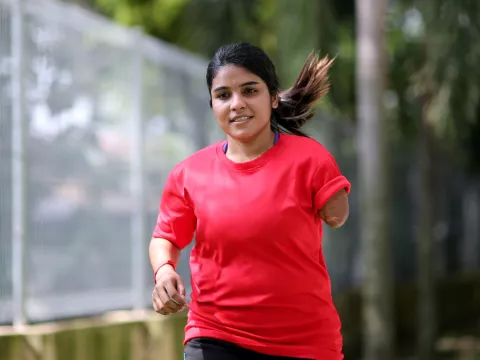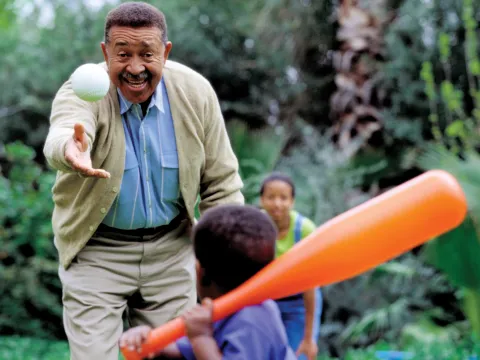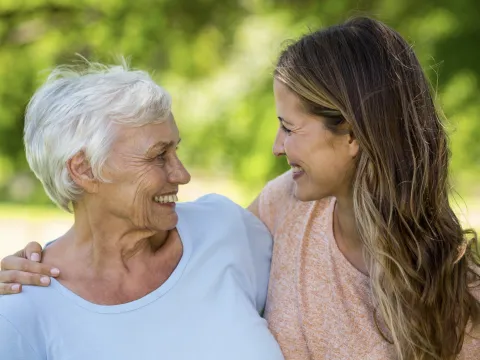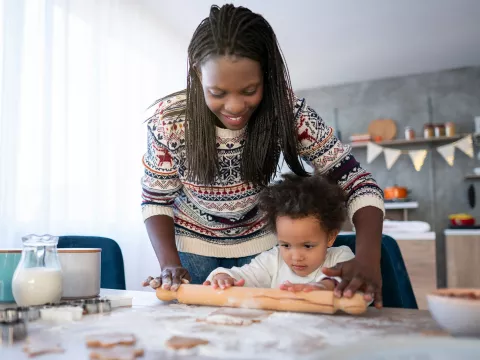- AdventHealth

Choose the health content that’s right for you, and get it delivered right in your inbox.
We believe every child is whole just the way they are, and we’re here to help those we treat realize their inherent wholeness. We also know that growing up already comes with its pre-packaged set of challenges for every child. If you add to that a limb difference to navigate, the difficulties can multiply. And there is help, hope and support available to children with a limb difference and their families.
Read on to learn what a limb difference is, along with the causes, symptoms, treatments and more.
What is a Limb Difference?
“Limb” is another name to call your arms and legs. A limb difference is when an arm or leg isn’t shaped in a regular way. A child's legs may be curved or one might be longer or shorter than the other. Or, a bone in the arm may be short or missing.
Limb differences can be caused by an injury in a child’s life, or a baby can be born with one. A limb difference that a child is born with is called congenital. A limb difference that happens after birth is called acquired.
What are the Symptoms of a Limb Difference?
Symptoms of a limb difference depend on which limb is affected and the severity of the difference. Some limb differences are so mild that you can't notice them. Others are very noticeable and affect the way a child moves or walks.
There are many types of limb differences. For example, fibular hemimelia is when a baby is born with short or even missing bones in the leg and foot. Limb length discrepancy is when one arm or leg is longer than the other. Sometimes, the knees bow out (“bowlegs”) or bend inward (“knock knees”).
Other limb differences include and aren’t limited to club foot, flat feet, missing toes or extra toes.
A limb difference also can happen after an injury.
Support and Treatment for Children With a Limb Difference
Limb differences can cause chronic pain and disability, which can lead to anxiety, depression and social isolation for children with them. It’s important to offer the solid support of family, friends, community and a top medical team to a child with a limb difference.
To provide the best treatment, health care providers consider how severe the limb difference is, whether it makes daily activities difficult, the child’s age and whether the difference is likely to get worse and cause other health issues. Sometimes no treatment is needed.
When needed, treatment may include:
- Bracing
- Occupational therapy
- Physical therapy
- Surgery
Your expert care team will help you find the best treatment for your child. Take time to learn what will happen at each stage of the treatment plan. This way, you and your child know what to expect and can follow the plan. Correction of limb differences can require frequent visits. School and work schedules may need adjustments for the best healing outcomes for your child.
If surgery is needed, know that we’re here with you and your child every step of the way with leading-edge technology, expert precision and compassionate care. We’re honored to help your child heal and remember that they are whole just the way they are — in body, mind and spirit.
Visit us here to learn more about how we can help.




